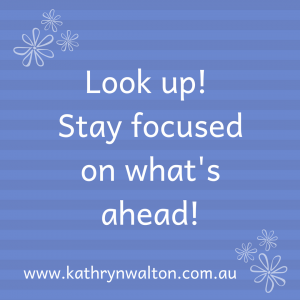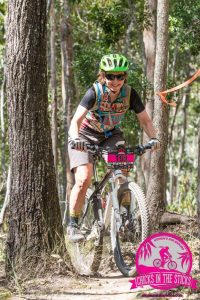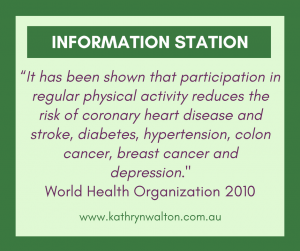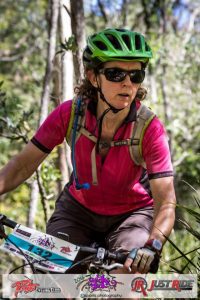When it comes to physical activity and exercise, we all know it’s good for us, but there are plenty of things that can get in the way. I wonder …..what are the obstacles that get in your way of being active?
Is it time? Money? Health? Weather? Tiredness? Maybe you want an exercise buddy? You don’t know what’s around or how to get started? You have caring responsibilities for other people? Or perhaps you’re worried you’ll be the slowest, most uncoordinated, oldest, or the only one without the latest trendy gear? Maybe pain or worry about medical issues is an issue?
There are so many things that can stop us even before we get started, or that get in the way of keeping the momentum going. It’s one thing to know that physical activity and exercise is good for us, and it’s definitely another thing to actually get out there and do it.
Move Your Large Muscles
The evidence is rock solid – no matter where you live, how old you are, or what your cultural background is. One of the best things you can do for yourself, family and community is to get moving. This means doing activities that use your larger muscle groups. I’m talking here about movements that involve your whole legs and whole arms or your whole body, so if you think that shuffling that pack of cards or pressing PLAY on your remote is considered movement, then you’re simply cheating yourself and your health.
Large muscle movement also means you’ll use more energy, something that’s pretty challenging when you feel tired. I know it sounds illogical, but when you’re tired, you generally feel better if you get up and move, or better still, do some exercise (see below) because movement and the right intensity of exercise can ‘give’ you energy.
And it doesn’t matter whether you’re moving because of work tasks, home activities, for leisure or for transport. Simply moving instead of sitting, standing or lying down for long periods reduces your risk of developing certain non-communicable diseases including depression, and poorer general health. The World Health Organisation (WHO) has published recommendations about physical activity to improve the health of the world’s population. These recommendations have been developed after comprehensively examining hundreds and hundreds of studies from all round the globe. Many countries, including Australia, have used these recommendations to write up specific guidelines to help us get more active. It makes sense from an economic as well as a health and wellbeing perspective to get moving.
The Australian Guidelines for Physical Activity and Sedentary Behaviour
The Australian Guidelines for Physical Activity and Sedentary Behaviour state that we should aim to:
-
Accumulate 2 ½ to 5 hours of moderate intensity physical activity (this takes some effort but you can still talk while moving) or 1 ¼ to 2 ½ hours of vigorous intensity physical activity (this takes more effort and you will be breathing faster – huffing and puffing), or an equivalent combination of both moderate and vigorous activities, each week. (The everyday-easy-to-understand-version of this is 30 – 60 minutes of exercise per day depending on intensity!)
-
Be active on most, preferably all, days every week.
-
Do muscle strengthening activities on at least 2 days each week.
-
Doing any physical activity is better than doing none. Start by doing something, and gradually build up to the recommended amount.
-
Minimise the amount of time spent sitting and break up long periods of sitting as often as possible.
-
The guidelines now also include recommendations for children over a 24 hour period which includes sleep and activity routines.
Exercise vs Movement
If you’re ready to take your general moving and grooving up a notch and reap added health benefits, then an exercise plan will help you to structure your physical activity to reach your health or fitness goals. Basically, exercise is a routine of physical activity with the purpose of improving one or more aspects of fitness, for example, strength, aerobic capacity, endurance, flexibility. And it’s amazing how a bit of huffing and puffing each day can improve your mood as well as your general health! But don’t go it alone. There are a number of health professionals who can support you towards improved health and mood so you reduce the risk of injury, sickness and low motivation.
Invite others onto your support team!
Your doctor
If you have any health, injury or medical issues you are concerned about, please check with your doctor before starting an exercise program. Once approved, you can also ask for a referral to an exercise physiologist or exercise scientist, or you can refer yourself. Your doctor can also help you access help for respite (if you are a carer) and other services that will help you to get more active.
Exercise physiologists and exercise scientists
Exercise physiologists and exercise scientists have trained at university level to support people to get more active, and many of them specialise in working with people with medical issues. Most health funds provide a rebate for consultations, or you may be eligible to access a Medicare rebate or even fully funded consultations with a referral from your GP if you are eligible.
Personal trainers
Personal trainers usually have Certificate or Diploma level qualifications to provide exercise programs to help you reach your fitness goals. You can find personal trainers at many recreation centres and gyms, as well as self-employed in the community.
Group exercise & exercise buddies
Exercising with other people can be very motivating for a lot of us. Being able to socialise whilst moving can make it more enjoyable. Many recreation centres including swimming pools and gyms offer group exercise classes. Have a look for a class that is appropriate for your health needs and fitness goals. If you’re unsure, ask at the centre. Recreation centres and other fitness organisations can benefit from your feedback as it helps them to develop programs and classes to meet the local need. Don’t forget, you can also create your own opportunities for group exercise (or general movement) by asking a friend to go walking with you, have a round of golf, do some gardening or housework together, or walk to your favourite cafe for a cuppa and back home again.
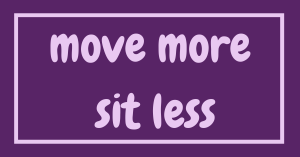
The best advice is to move more, sit less
So remember, no matter what’s getting in the way of movement (that is, your physical activity and exercise), there are people here to help you. You are the captain of your own ship, and you can invite anyone onto your team. Remember that ‘something is better than nothing’ and you can gradually build up from ‘something’ to more and more. The main point is that simply by moving more and sitting less, you’re being kind to yourself and reducing your health risks. So keep moving, just keep moving, and gradually work your way to better health.

Discovering mountain biking as life’s ultimate parallel universe in her middle age, Kathryn Walton shares information and reflections in ‘Daisy Spoke’ that inform, inspire and empower women to a healthy and active lifestyle.


